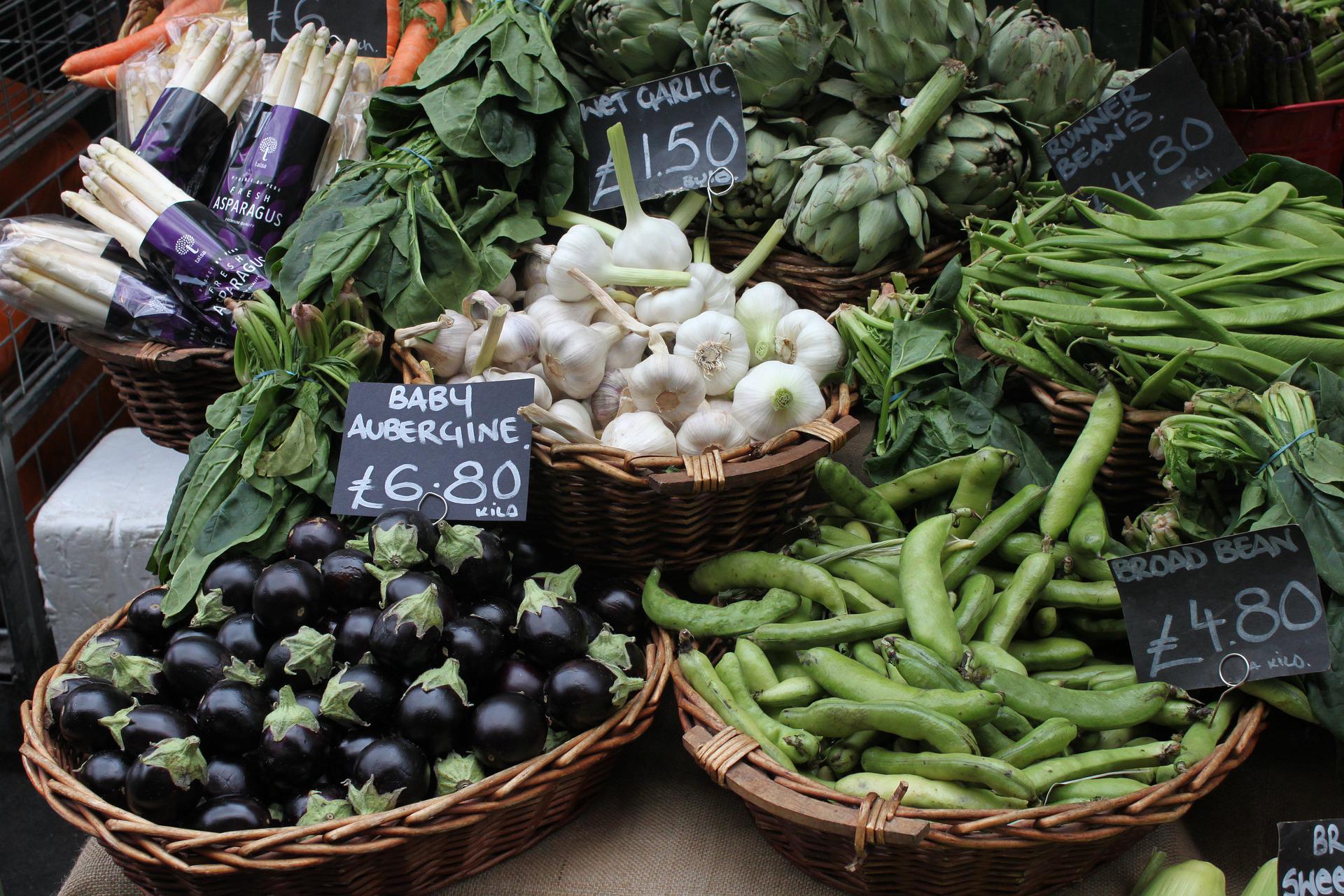Inflation is the gradual increase in the price of something. It is a measure of the rate at which a set of prices rises over a given time period.
The Office for National Statistics (ONS) in the United Kingdom calculates this by recording the prices of hundreds of everyday items, known as the “basket of goods.”
This is always being updated. Items like tinned beans and sports bras were added in 2022, reflecting a growing interest in plant-based diets and exercise.
The Bank of England has warned that inflation could reach 10% within months as the cost of fuel and food puts a strain on household budgets.
At the moment, the most significant contributor to inflation is fuel costs. Between February and March, average gasoline prices rose 12.6p per litre, the largest monthly increase since records began in 1990.
Household fuel bills have also risen: on 1 April, approximately 18 million households on standard tariffs saw their annual bill rise from £1,277 to £1,971, a £693 increase on average.
The VAT rate – the tax paid when purchasing goods and services – has also risen for some businesses. During the pandemic, the government reduced VAT for hospitality and tourism businesses, but it returned to the standard 20% rate on April 1.
The rates of air passenger duty and vehicle excise duty have also risen, as have the costs of postage and water bills in England and Wales.
Regulated rail fares in England and Wales have increased by up to 3.8 percent, the highest fare increases in nine years. Higher interest rates also make mortgage payments more expensive for some homeowners.
The headline inflation rate is an average, and price increases in various areas occur at varying rates. According to one food industry executive, food prices could rise by up to 15% this year.
Average wage increases are falling behind inflation. wages increased by 3.8 percent between November and January, according to ONS data. When inflation is factored in, regular pay actually decreased by 1% over the previous year.
Some sectors of the economy that are experiencing staff shortages as a result of Brexit and the pandemic have increased pay.
The National Living Wage increased by 6.6 percent to £9.50 per hour on April 1, exceeding the current inflation rate.
However, anyone earning more than £9,880 per year (£12,570 from July) has had to pay 1.25p more in National Insurance contributions as a result of the new Health and Social Care Levy since that date.
The ONS publishes monthly inflation figures that show how much prices have risen since the same date last year. This is referred to as the Consumer Price Index (CPI).
Inflation increased by 7% in the year to March, up from 6.2 percent in February.
The Bank of England has warned that UK inflation could reach 10% in the final three months of 2022, owing primarily to rising global energy prices.
The traditional response of the Bank of England to rising inflation is to raise interest rates. This can benefit savers, but it means that some mortgage holders will see their monthly payments rise.
People will have less money to spend if borrowing becomes more expensive. As a result, they will buy fewer items and prices will slow down.
However, when inflation is caused by external forces, such as rising global energy prices, the effectiveness of UK interest rate increases in containing inflation is limited.
#edgeforex #forextrading #forexsignals #forex #inflation #uk #vat #borrowing #global #energy #prices #gousehold #living #cost

